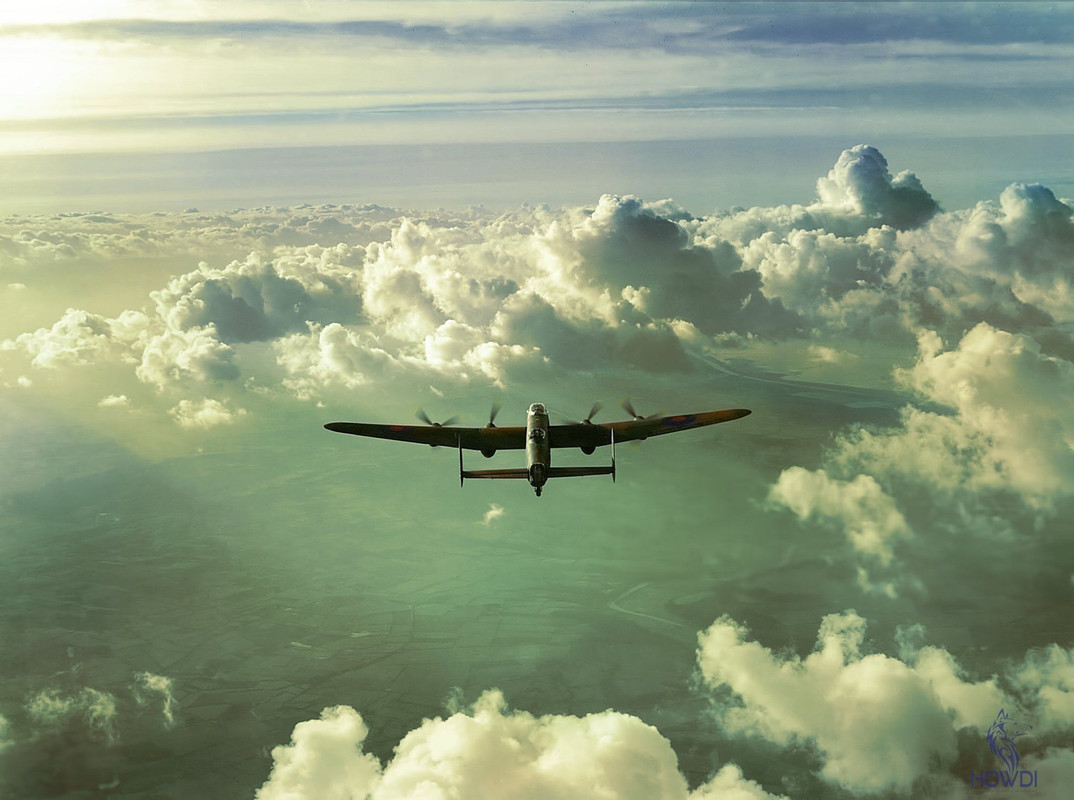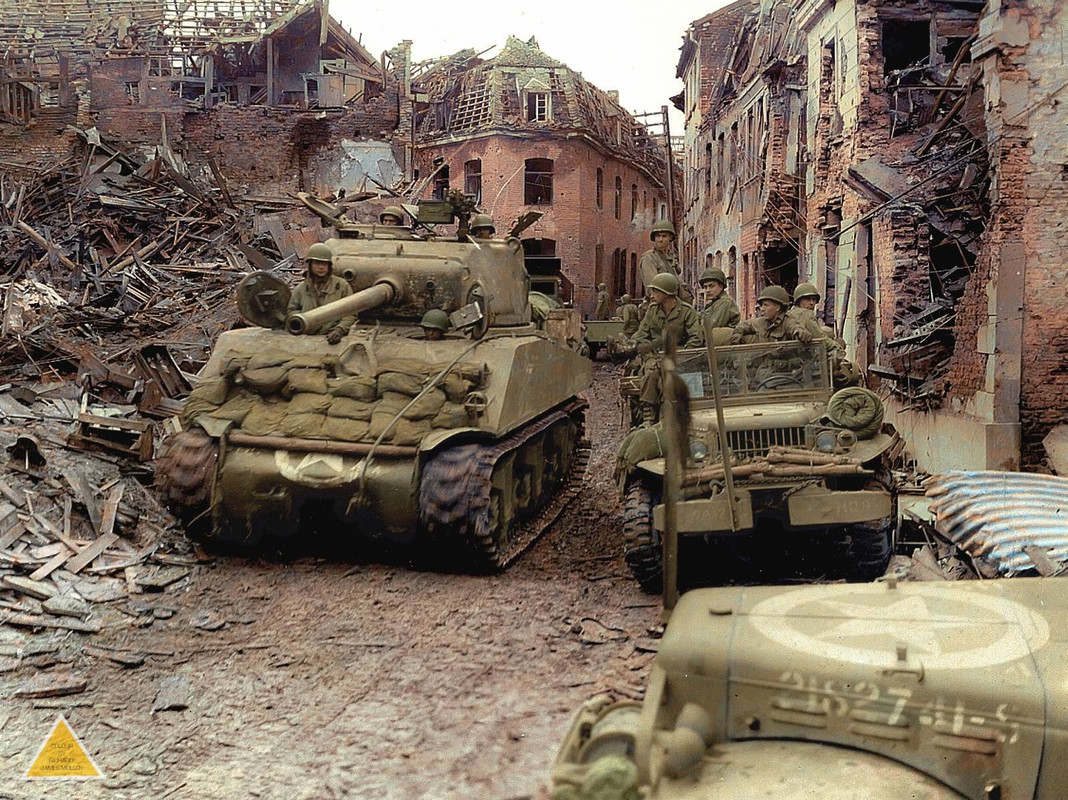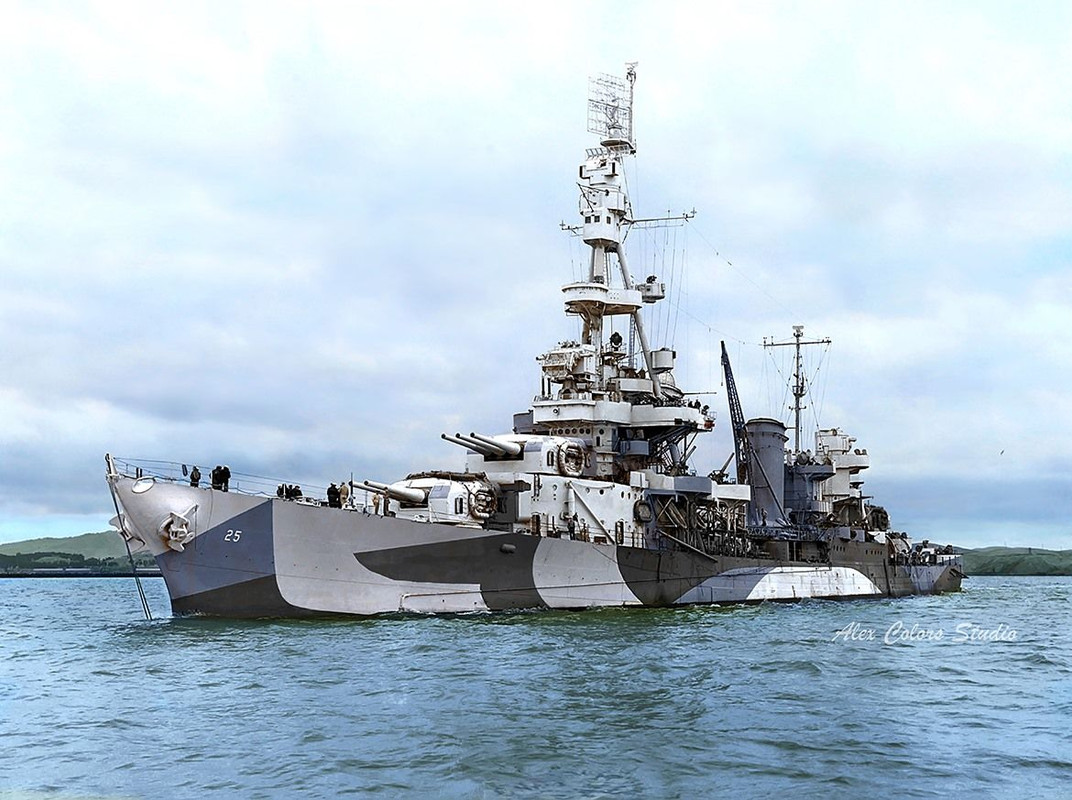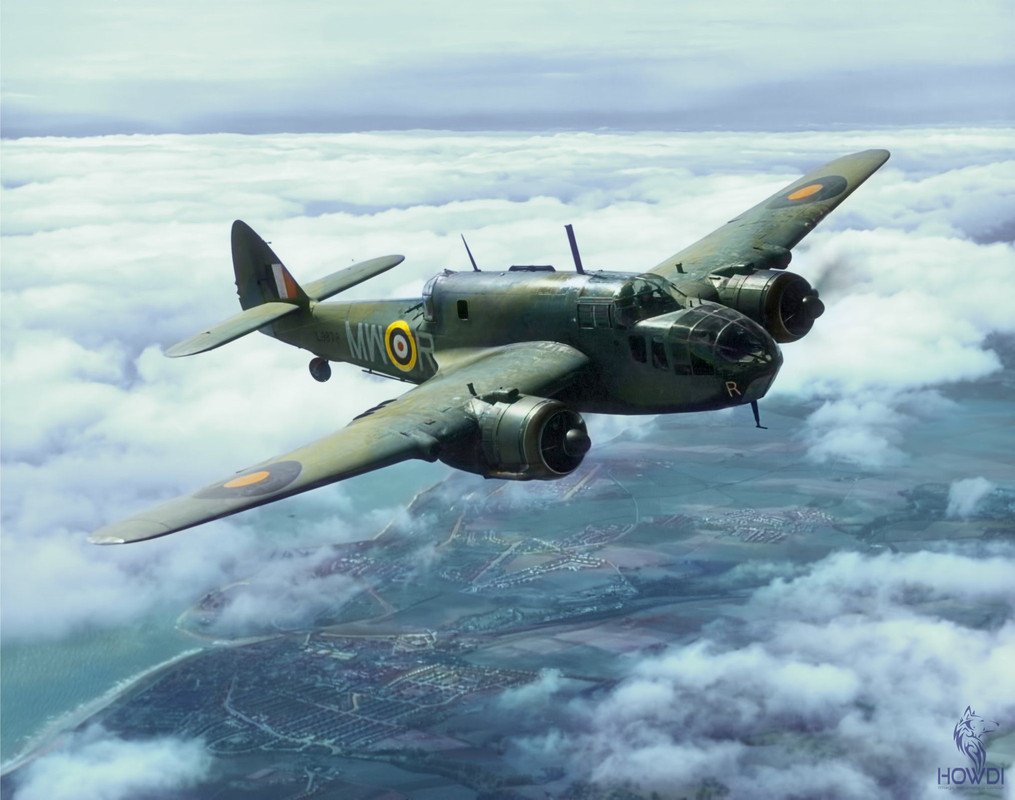A few more. I looked through the thread to be sure I wasn't repeating pics, but might have missed some. I lifted these from a Russian site where there were no captions, so I can't offer much info about them.
Sergeant Harold Rogers of the 401st Bomb Group with his dog mascot "Mister", in the waist gun position of a B-17 Flying Fortress nicknamed "Un Petit Peu". Image stamped on reverse: 'Passed for publication 2 Jul 1943.' [stamp] and '30195.' [Censor no.] Printed caption on reverse: 'US ARMY OFFICIAL PHOTO. This dog "Mister" belongs to Sgt Harold Rogers, of Miami, Okla, in the US Army 8th Air Force. "Mister" has already been in five missions, including the raid on Huls, German. He rides in tail of plane- a Fortress called "Un Petit Peu"- with his master. His master designed the respirator worn by the dog.'
http://www.americanairmuseum.com/media/12128
Any landing from which you can walk away is a good one.
The crew of B-17G 'Bolo Babe' (42-102601) of the 546th Bomb Squadron, 384th BG, pose on top of their plane after a crash landing in France. Bolo Babe crash-landed near Moyeuvre-Grande, West of Thionville, France after she lost an engine and her electrical system during a mission to attack a BMW plant in Ludwigshafen Germany, 9 September, 1944. The entire crew returned to the UK by C-47 and returned to flight status on 13 September, 1944.
https://www.dailymail.co.uk/news/ar...wly-colourised-images-WWII-allied-airmen.html
The Final Embarkation: Four 'stick' commanders of 22nd Independent Parachute Company, British 6th Airborne Division, synchronising their watches in front of an Armstrong Whitworth Albemarle of No 38 Group, Royal Air Force, at about 11 pm on 5 June, just prior to take off from RAF Harwell, Oxfordshire. This pathfinder unit parachuted into Normandy in advance of the rest of the division in order to mark out the landing zones, and these officers, (left to right, - Lieutenants, Bobby de la Tour, Don Wells, John Vischer and Bob Midwood), were among the first Allied troops to land in France.
https://commons.wikimedia.org/wiki/File:Four_'stick'_commanders_of_22nd_Independent_Parachute_Company,_6th_Airborne_Division,_synchronising_their_watches_in_front_of_an_Armstrong_Whitworth_Albemarle_at_about_11_pm_on_5_June_1944,_just_prior_to_take_o_H39070.jpg
Leading Aircraftman R.P. Coulson removes the guns from a Canadian (RCAF)
Spitfire which was heavily damaged.
“A thousand and one dangers awaited the airmen. In this case, an RCAF
Spitfire has been blasted on the ground at Grave, Holland, in March 1945. The damage was inflicted by a fragmentation bomb dropped during a hit-and-run raid from the Luftwaffe.”
https://www.militaryimages.net/threads/colourised-images-of-ww2-earlier-conflicts.7084/page-20
18 September, 1944
American Airborne Troops of the 101st Airborne Division (probably 501st PIR) that landed behind the German lines in the south of The Netherlands examine what is left of one of the gliders that had ‘cracked up’
https://www.militaryimages.net/threads/colourised-images-of-ww2-earlier-conflicts.7084/page-15
Consolidated Liberator V Mark IV of RAF 70th squadron that was hit in friendly fire during a daylight raid on the shipbuilding yards of Monfalcone, Trieste, Italy, in 1945 .Although the bombs had not fallen far enough to become 'live', the perspex of Pilot Wally Lewis's mid-upper turret was completely ripped away. Lewis later described the incident: 'I was looking up and saw a bomb leave an aircraft above us. I saw it getting bigger and bigger as it came towards us. The next thing I realised was that the fuselage had been hit near the flight deck and I seemed to be pushed down in front of my seat.
https://www.dailymail.co.uk/news/ar...wly-colourised-images-WWII-allied-airmen.html
I've no idea what's shown here. If it was a current pic, I'd say they were servicing a UAV.
A party of riggers working on the tailplane of a Supermarine
Spitfire of No. 601 Squadron at Lentini West, Sicily, 7 September 1943. . It was taken days after the successful completion of Operation Husky
https://commons.wikimedia.org/wiki/...i_West,_Sicily,_7_September_1943._CNA1329.jpg



















